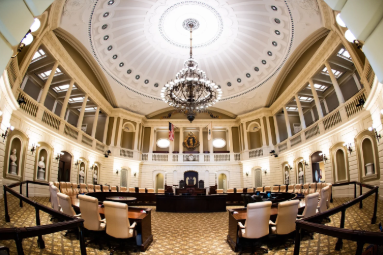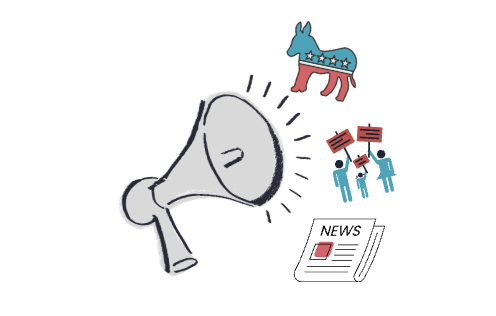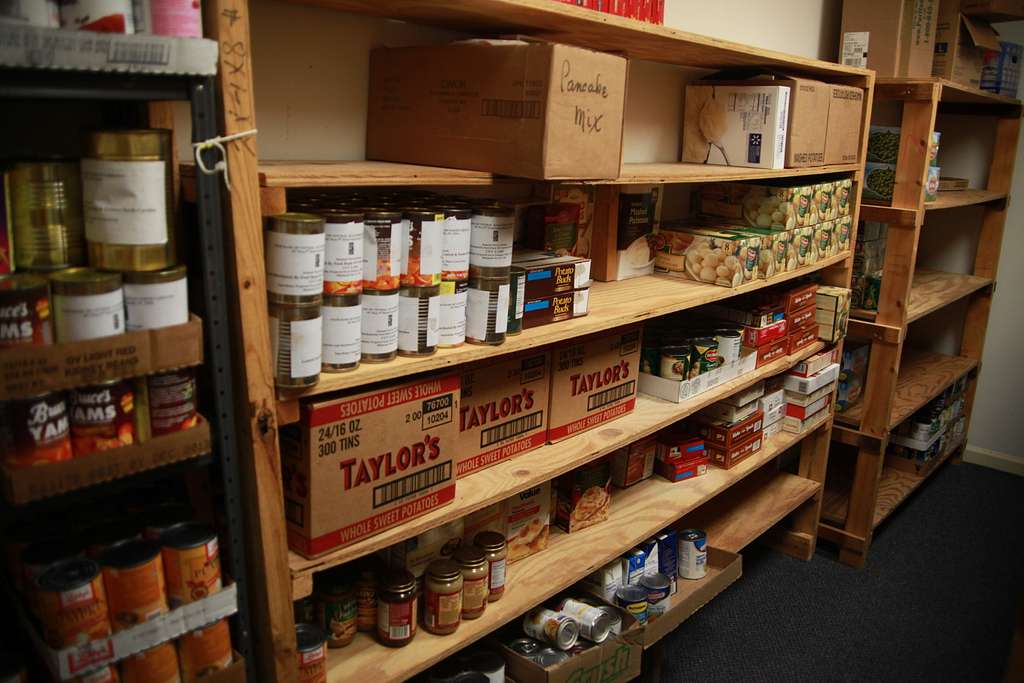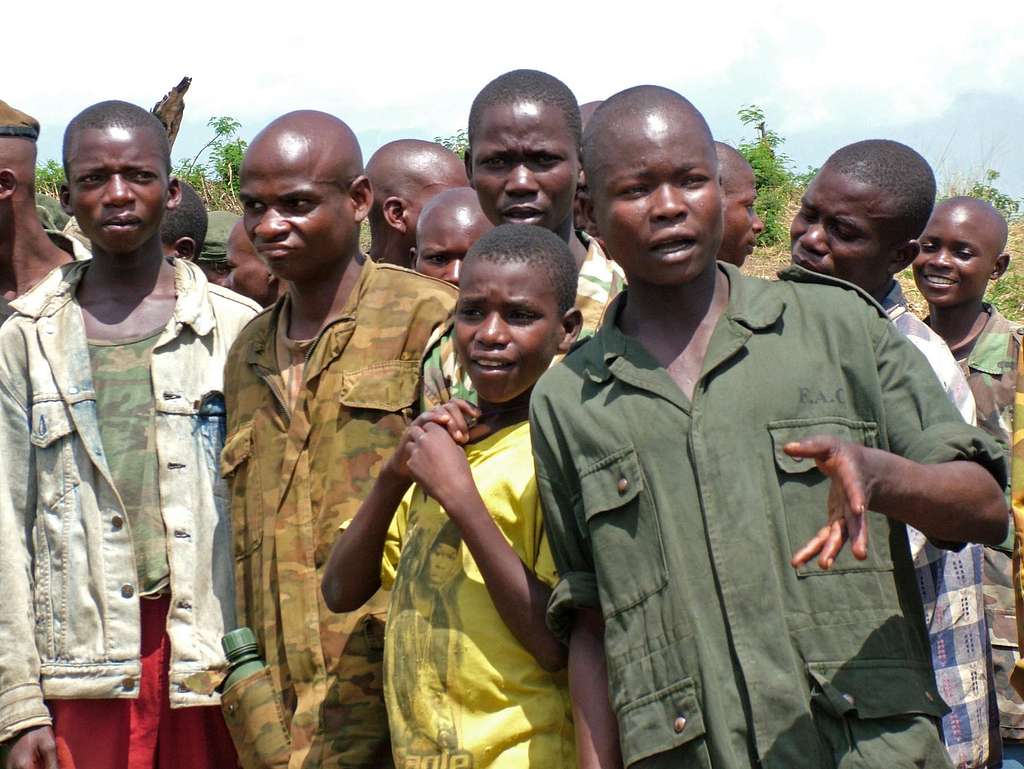On September 8, 2025, protests organized by Gen Z in Nepal began against the Nepalese government. The protests were set in motion due to the rampant corruption and wealth inequality within the government, along with the banning of social media platforms nationwide on September 4, 2025.
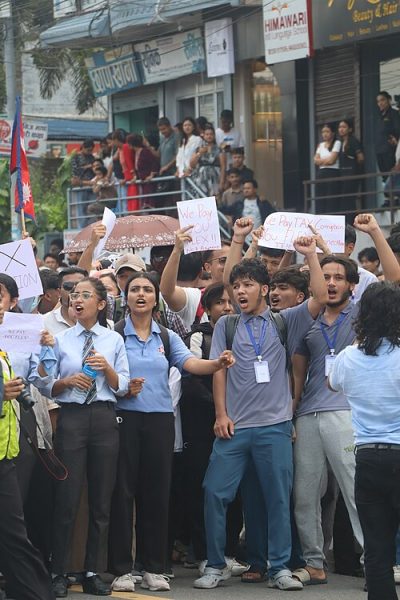
Before the ban, the youth of Nepal had been turning to social media apps like Instagram and Snapchat to voice their grievances, while government officials and their families flaunted their wealth, while the average Nepalese citizen struggled financially. The trend started from frustrations regarding the misuse of government funding to support the lavish lifestyle of officials and their families, pointing out the wealth disparity. The children of the officials or “Nepo kids,” as they were called by social media users, would post with Prada bags worth $2,600 while the average yearly income in Nepal as of 2021 is a mere $1,148.
The Nepalese government banned 26 apps used by citizens, including Facebook, Instagram, YouTube, and WhatsApp, for failing to comply with government regulations. The new regulations require apps to register for licences and to appoint representatives to address complaints to the government. Citizens nationwide viewed this as a violation of their free speech and a way to silence the population. The ban also cut off the 3.5 million people, or about 14% of Nepal’s population, who work abroad as of 2019, according to MIDEQ.org, from their family members in Nepal.
As a result of these issues, protests started peacefully but eventually evolved into a mob when a confrontation between protesters and security turned violent. During the commotion, security fired live ammunition into the crowd, killing 19 people, mostly in the capital of Kathmandu. These killings only intensified the mob, which retaliated by burning down symbols of the state in the capital, including the Parliament building, Presidential Palace, Prime Minister’s residence, Health Ministry, and Supreme Court. Protesters also burned down private properties belonging to government officials.
The day after the protests, the government revoked the social media ban, but the marches continued. Many officials went into hiding, with the Prime Minister KP Sharma Oli resigning on September 9, 2025. The political unrest was so severe that the president of Nepal, Ram Chandra Poudel, was forced to appoint an interim prime minister, dissolve the country’s parliament, and hold new elections. The impromptu new elections were held on the digital chatting platform Discord, which is primarily used for communicating while playing video games. Over 100,000 Nepali citizens joined the chat room and met frequently to shape the future of Nepal. After much discussion on September 12, 2025, the Nepalese people chose former Chief Justice Sushila Karki as the interim Prime Minister of Nepal.
The uprising slowed by September 13, 2025, and resulted in an uprooting of the Nepalese political landscape and a final death toll of approximately 70 people.


